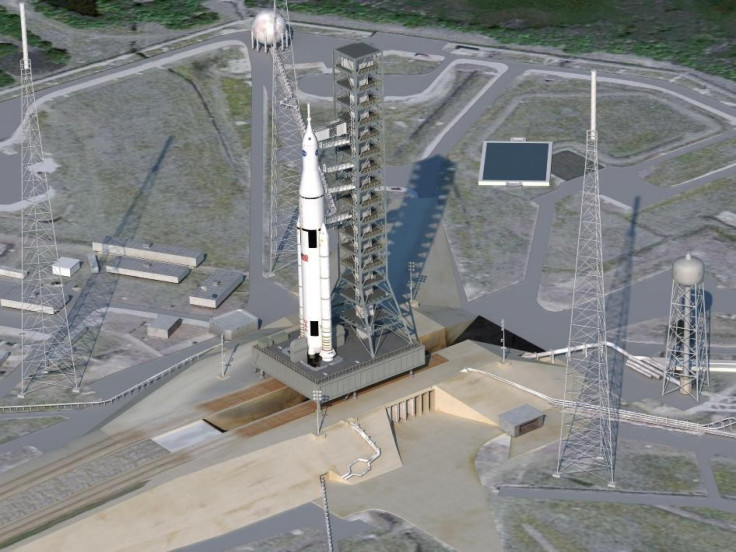Next Generation of Space Travel Begins With Heavy-Lift Rocket Design

Even though, the space shuttle era ended a month ago, NASA has wasted little time introducing the next generation of space exploration systems.
The space agency announced the development of the Space Launch System (SLS) - a heavy launch vehicle which will be able to take astronauts well beyond Earth's orbit and into deeper space. The new rocket design will cost $35 billion, The Associated Press reported.
The SLS will incorporate technological investments and designs from both the Space Shuttle program and the Constellation program. It will use a liquid hydrogen and liquid oxygen propulsion system. The system includes the RS-25D/E engine that was used in the Space Shuttle program and a J-2X engine for the upper stage of the rocket. It will also use solid rocket boosters for the initial development flights. Follow-on boosters will be considered as well.
This launch system will create good-paying American jobs, ensure continued U.S. leadership in space, and inspire millions around the world. President Obama challenged us to be bold and dream big, and that's exactly what we are doing at NASA. While I was proud to fly on the space shuttle, kids today can now dream of one day walking on Mars, NASA Administrator Charles Bolden said.
The system will have an initial of lift of 70 metric tons (mT) and will be evolvable to 130 mT. The first test flight is geared for 2017 while the first manned mission will be in 2021.
The system's architecture uses an evolvable development approach. This allows NASA to take care of the core development activities in the beginning and adjust along the way. It also allows for flexibility.
As NASA says, it helps them leverage existing capabilities and lower development costs by using liquid hydrogen and liquid oxygen for both the core and upper stages.
NASA has been making steady progress toward realizing the president's goal of deep space exploration, while doing so in a more affordable way, NASA Deputy Administrator Lori Garver said.
NASA has specific plans to send manned missions to the Moon, Mars and an asteroid. This design will be the first step in that process. In the mean time, NASA astronauts will hitch a ride to space with Russian Soyuz rockets.
This will be the first exploration class vehicle in 40 years when the Saturn V took American astronauts to the moon.
Follow Gabriel Perna on Twitter at @GabrielSPerna
© Copyright IBTimes 2024. All rights reserved.




















